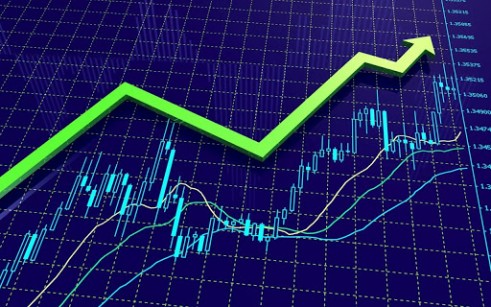Advanced Forex trading techniques can elevate a trader from a novice to a professional level by integrating sophisticated strategies and a deep understanding of the forex market’s dynamics. One key approach is the use of algorithmic trading, where traders employ complex mathematical models and algorithms to execute trades automatically. This strategy leverages historical data, real-time market conditions, and predictive analytics to optimize trading decisions, reducing the emotional bias that can affect manual trading. High-frequency trading HFT is a subset of algorithmic trading that focuses on executing a large number of orders at extremely high speeds, capitalizing on small price movements with significant volume. Another advanced technique is the implementation of multi-timeframe analysis. This involves examining price action across various timeframes to identify trends and reversals that may not be apparent on a single timeframe. For instance, a trader might analyze weekly charts to understand the broader trend and then use daily and hourly charts to fine-tune entry and exit points. This comprehensive view helps in aligning trades with the overall market direction while optimizing entry and exit strategies.

In addition to technical analysis user-friendly forex trading, professional traders often employ quantitative analysis, which involves the use of statistical models to predict market movements. Techniques such as regression analysis, correlation studies, and Monte Carlo simulations allow traders to forecast potential price trends and manage risks more effectively. By quantifying the probabilities of different market scenarios, traders can make more informed decisions and develop robust trading strategies. Risk management is another crucial aspect of advanced Forex trading. Techniques such as the Kelly Criterion or Value at Risk VAR help traders determine the optimal amount of capital to risk on each trade. Diversification, position sizing, and setting stop-loss orders are essential practices to mitigate potential losses and protect trading capital. Advanced traders also use hedging strategies to offset potential losses from adverse price movements by taking offsetting positions in correlated markets. The integration of fundamental analysis with technical indicators is also vital for advanced traders. By evaluating economic indicators, geopolitical events, and central bank policies, traders gain insights into the broader economic environment that impacts currency movements.
Combining these insights with technical analysis tools such as moving averages, Relative Strength Index RSI, and Bollinger Bands provides a well-rounded approach to forecasting price trends and making strategic trading decisions. Moreover, understanding market sentiment and the behavior of institutional investors can offer valuable insights. Techniques such as sentiment analysis and monitoring large trading volumes help in gauging the mood of the market and predicting potential price movements based on collective trader behavior. Lastly, continuous education and staying updated with market developments are indispensable for maintaining a professional edge in Forex trading. Engaging in ongoing research, attending webinars, and participating in trading communities keep traders informed about the latest strategies, tools, and market conditions, ensuring that their trading approach evolves in line with changing market dynamics. In summary, advanced Forex trading involves leveraging sophisticated strategies such as algorithmic trading, multi-timeframe and quantitative analysis, effective risk management, and the integration of fundamental and technical analysis.
